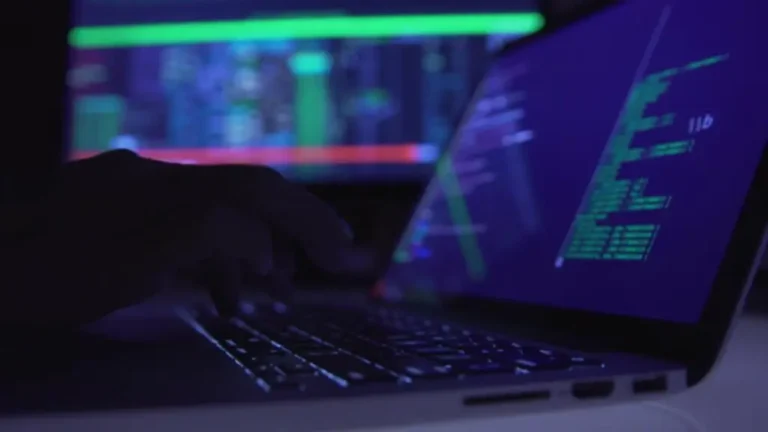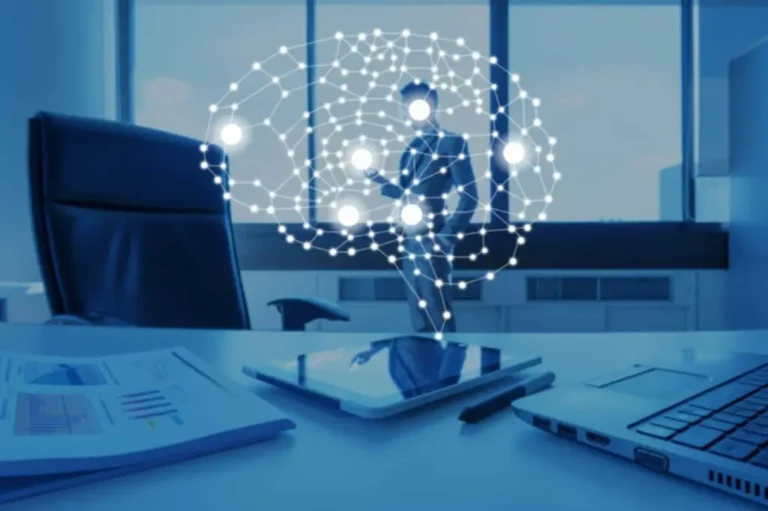In the rapidly evolving landscape of digital interfaces, capturing user attention has become both a challenge and an art. Visual cues that effectively stand out can significantly influence user engagement, guiding actions and enhancing overall experience. Among various tactics, pulsating animations have emerged as a powerful tool to draw focus naturally and intuitively.
This article explores the science behind pulsating animations, their technical foundations, and real-world applications, illustrating how thoughtful implementation aligns with human perception and improves usability. To see an innovative example in action, consider how modern games like CHickEN rOad 2.0 utilize pulsating effects to guide players seamlessly through gameplay — a testament to the timeless effectiveness of rhythmic visual stimuli.
Table of Contents
- Understanding Human Perception and Attention Mechanisms
- The Psychology Behind Pulsating Animations
- Technical Foundations of Effective Pulsating Animations
- Case Study: «Chicken Road 2» – An Example of Pulsating Animation in Gaming
- Real-World Applications of Pulsating Animations in Modern Apps
- Balancing Attention-Grabbing and User Experience
- Non-Obvious Factors Enhancing Animation Effectiveness
- Future Trends in Attention Capture Techniques
- Conclusion: Harnessing Pulsating Animations for User Engagement
Understanding Human Perception and Attention Mechanisms
The human visual system is highly sensitive to motion and contrast, which serve as natural attractors for our attention. When the brain detects movement, it prioritizes processing this information to quickly interpret environmental cues. For instance, a sudden flash or a moving object in peripheral vision often triggers immediate focus, a survival mechanism rooted in evolutionary biology.
Designers leverage these perceptual tendencies using techniques such as contrasting colors, dynamic movement, and precise timing. For example, a notification badge that subtly pulses with a contrasting red hue and gentle oscillation effectively catches the eye without overwhelming the user. These cues mimic natural signals—like a flickering flame or a blinking light—that our brains are wired to notice instinctively.
Research indicates that visual stimuli with high contrast and rhythmic movement are processed more efficiently, leading to quicker recognition and response. This principle underpins the effectiveness of pulsating animations in guiding user attention seamlessly within complex interfaces.
The Psychology Behind Pulsating Animations
Rhythmic motion subconsciously draws the human eye because it resonates with biological processes, such as heartbeat and breathing patterns. This biological resonance makes pulsating effects inherently engaging, as they mimic vital signs that our brains are primed to detect and interpret.
«Pulsating animations tap into our innate biological rhythms, making them naturally compelling and hard to ignore.» — Cognitive Psychology Insights
Furthermore, pulsating effects evoke a sense of urgency or importance. For example, a button that gently pulses can encourage users to take action, subtly implying that the element is both significant and ready for interaction. This psychological cue reduces hesitation, facilitating smoother user flows and enhancing overall engagement.
Technical Foundations of Effective Pulsating Animations
Modern app development employs various techniques to create smooth and impactful pulsating effects. Cascading Style Sheets (CSS) allow for lightweight animations using keyframes and transitions, making them easy to implement across platforms. JavaScript provides more control and interactivity, enabling dynamic adjustments based on user behavior or context. Scalable Vector Graphics (SVG) facilitate resolution-independent animations that look sharp on all devices.
Effective pulsating animations typically involve tuning parameters like timing, scale, and frequency. For instance, a notification badge might pulse every 1.5 seconds with a scale increase of 10%, striking a balance between visibility and subtlety. Overly rapid or exaggerated effects risk overstimulation, so designers must consider accessibility and user comfort.
Ensuring accessibility involves providing options to reduce motion or contrast for sensitive users, aligning with guidelines such as the WCAG standards. Thoughtful design ensures that attention cues aid rather than hinder user experience.
Case Study: «Chicken Road 2» – An Example of Pulsating Animation in Gaming
In the game CHickEN rOad 2.0, pulsating animations are used strategically to guide player focus and enhance gameplay. For instance, collectible items or critical alerts pulse gently to attract attention without disrupting flow, helping players prioritize actions effortlessly.
Moreover, pulsating effects serve as feedback cues in game mechanics. When a player interacts with an object, the animation communicates success or failure, creating an intuitive link between action and response. This seamless integration of visual cues streamlines gameplay, reduces confusion, and increases immersion.
The game’s developers cleverly link animation cues with game logic, exemplifying how rhythmic visual signals can improve user interaction—an approach applicable across various digital interfaces.
Real-World Applications of Pulsating Animations in Modern Apps
- Call-to-action buttons that pulse to encourage clicks and conversions
- Notification badges that pulse to alert users of new messages or updates
- Loading indicators that pulse rhythmically to indicate ongoing processes
- Navigation highlights that pulse as users hover or select options
- Feature introductions that use pulsating cues to draw attention to new functionalities
The Balance Between Attention-Grabbing and User Experience
While pulsating animations are effective, overuse can lead to distraction or cognitive overload. Therefore, designers should adopt a measured approach, employing subtle effects that complement the overall interface rather than dominate it.
Best practices include limiting the frequency and intensity of pulsations, ensuring they occur in appropriate contexts, and providing options to disable or reduce motion for sensitive users. For example, a subtle pulse on a submit button during form completion can increase conversion without causing irritation.
Ultimately, the goal is to enhance usability by guiding attention without compromising user comfort or clarity.
Non-Obvious Factors Enhancing Animation Effectiveness
| Factor | Impact |
|---|---|
| Cultural Perception | Colors and motion patterns may be perceived differently across cultures, affecting effectiveness. |
| Environmental Lighting | Ambient lighting conditions influence how animations are perceived; dim settings may require more pronounced effects. |
| Supporting Content Facts | Incorporating relevant data, such as pedestrian crossings reducing accidents by 35%, can reinforce safety animations and improve user trust. |
Future Trends: Evolving Techniques and Technologies in Attention Capture
Advancements in artificial intelligence enable personalized animation cues tailored to individual user preferences and behaviors, increasing relevance and effectiveness. For example, AI can adapt pulsating effects based on user interaction patterns, making interfaces more intuitive.
Augmented reality (AR) introduces pulsating overlays that highlight physical objects or locations, enhancing navigation and safety in real-world scenarios. Imagine AR glasses that pulse gently to direct pedestrians toward crosswalks, reducing accidents.
Furthermore, the role of animation extends beyond entertainment, impacting educational and serious applications by emphasizing critical information, improving retention, and facilitating better decision-making.
Conclusion: Harnessing Pulsating Animations for Optimal User Engagement
Effective use of pulsating animations hinges on understanding human perception, leveraging appropriate technology, and maintaining a balance that enhances rather than hinders usability. When thoughtfully integrated, rhythmic visual cues can subtly guide users, evoke emotional responses, and improve interaction efficiency.
«The natural synergy between visual stimuli and human attention lies in subtle, rhythmic cues that resonate with our biological rhythms, making interfaces more engaging and intuitive.» — Design Psychology Expert
As demonstrated by modern gaming examples like CHickEN rOad 2.0, pulsating effects are a timeless principle adapted through technology to create compelling user experiences. Thoughtful implementation, aligned with user goals and contexts, ensures these animations serve as effective tools for engagement and usability.






